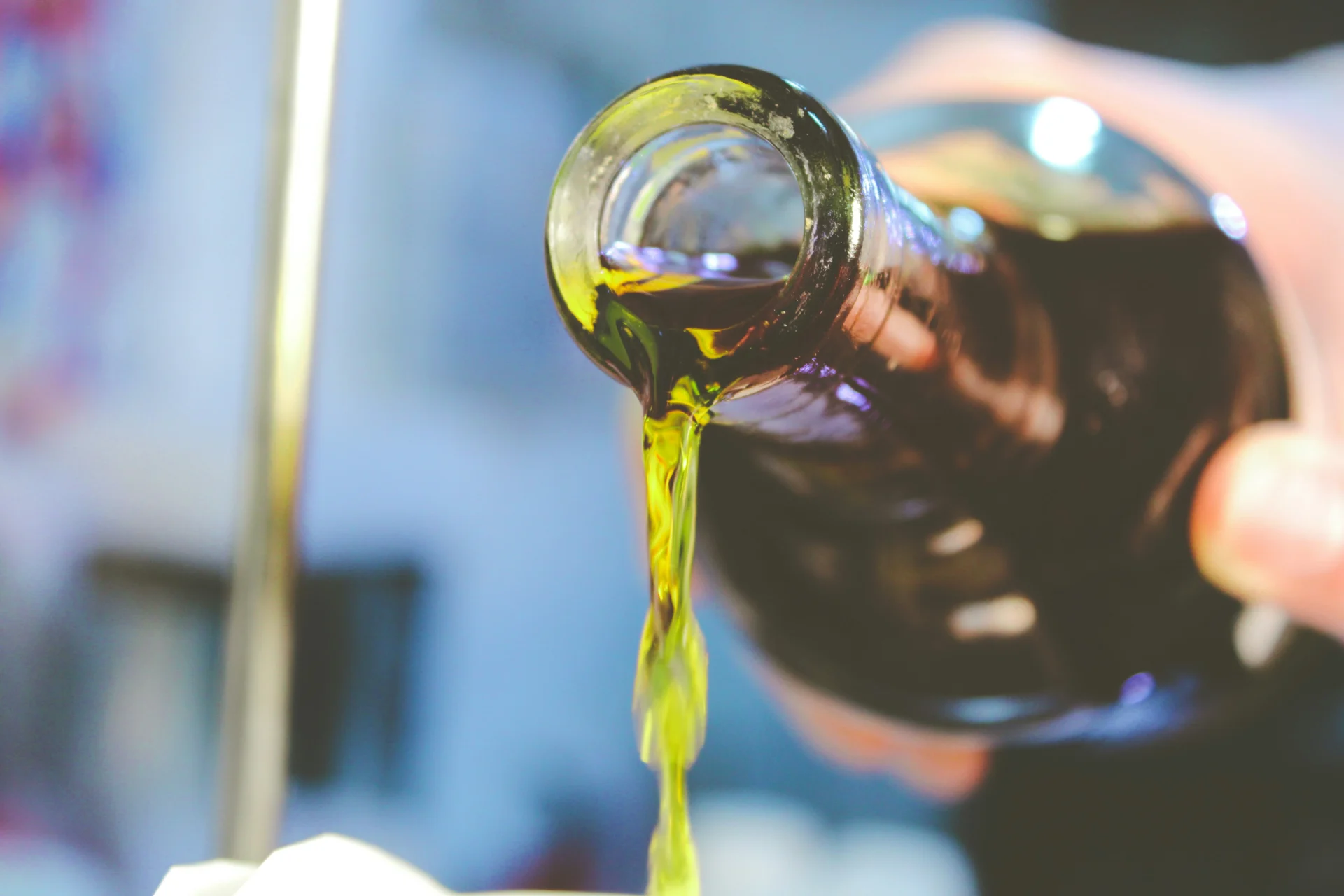2,3-Dimethylmaleic anhydride is a chemical compound that has several practical applications in everyday life. It is commonly used in the production of various materials such as resins, plastics, and pharmaceuticals. Specifically, it is utilized in the manufacturing of polyester resins, which are widely used in the production of fiberglass-reinforced plastics. Additionally, 2,3-Dimethylmaleic anhydride plays a crucial role in the synthesis of certain drugs and organic compounds. Its versatile properties make it a valuable component in various industrial processes, highlighting its significance in everyday life.
Table of Contents:
- 💡 Commercial Applications
- ⚗️ Chemical & Physical Properties
- 🏭 Production & Procurement
- ⚠️ Safety Considerations
- 🔬 Potential Research Directions
- 🧪 Related Compounds
💡 Commercial Applications
2,3-Dimethylmaleic anhydride, a cyclic compound with the molecular formula C6H6O3, has various commercial and industrial applications. It serves as a versatile intermediate in the production of pharmaceuticals, polymers, and specialty chemicals. Additionally, it is widely used as a crosslinking agent in the formulation of adhesives, coatings, and resins for various industrial applications.
In the pharmaceutical industry, 2,3-Dimethylmaleic anhydride is utilized as a key building block in the synthesis of various drugs and medications. It plays a crucial role in the development of active pharmaceutical ingredients for the treatment of various medical conditions. Moreover, its chemical properties make it a valuable component in the creation of novel drug delivery systems and formulations.
Furthermore, 2,3-Dimethylmaleic anhydride is employed in the production of agricultural chemicals, dyes, and surfactants. Its reactivity and compatibility with a wide range of chemical compounds make it a sought-after material in the development of specialty products for various industrial sectors. Overall, 2,3-Dimethylmaleic anhydride’s unique properties make it a versatile compound with diverse applications in commercial and industrial settings.
⚗️ Chemical & Physical Properties
2,3-Dimethylmaleic anhydride appears as a white crystalline solid with a pungent odor.
With a molar mass of 142.13 g/mol and a density of 1.27 g/cm³, 2,3-Dimethylmaleic anhydride is significantly heavier and denser than common food items such as sugar and salt.
2,3-Dimethylmaleic anhydride has a melting point of 65-67°C and a boiling point of 240-245°C. Compared to common food items like butter and chocolate, it has a higher melting and boiling point.
This compound is sparingly soluble in water and has a low viscosity. In contrast, common food items such as sugar and salt are highly soluble in water and have a lower viscosity.
🏭 Production & Procurement
In the production of 2,3-Dimethylmaleic anhydride, one method involves the reaction of maleic anhydride with acetic anhydride in the presence of a catalyst such as sulfuric acid. This results in the formation of the desired product, which can be further purified through techniques such as recrystallization.
To procure 2,3-Dimethylmaleic anhydride, it can be obtained from chemical suppliers who specialize in providing fine chemicals and intermediates. The compound is typically transported in sealed containers to prevent any unintended reactions or contamination during transit.
Upon arrival, the 2,3-Dimethylmaleic anhydride should be stored in a cool, dry place away from heat sources and incompatible materials. Proper labeling and handling procedures should be followed to ensure safety and prevent any accidental exposure.
⚠️ Safety Considerations
Safety considerations for 2,3-Dimethylmaleic anhydride include its potential for skin irritation, eye irritation, and respiratory irritation. It is important to handle this chemical with caution and use appropriate personal protective equipment, such as gloves, goggles, and a lab coat. In case of accidental exposure, it is essential to seek medical attention immediately.
Hazard statements for 2,3-Dimethylmaleic anhydride include “Causes skin irritation,” “Causes serious eye irritation,” and “May cause respiratory irritation.” These statements highlight the potential risks associated with exposure to this chemical and emphasize the importance of taking proper precautions when working with it. It is crucial to follow safety guidelines and handle 2,3-Dimethylmaleic anhydride with care to avoid any adverse effects.
Precautionary statements for 2,3-Dimethylmaleic anhydride include “Wear protective gloves/protective clothing/eye protection/face protection,” “IF ON SKIN: Wash with plenty of soap and water,” and “IF IN EYES: Rinse cautiously with water for several minutes.” These statements provide specific instructions on how to safely handle 2,3-Dimethylmaleic anhydride and what to do in case of exposure. By following these precautionary measures, the risk of harm from this chemical can be minimized.
🔬 Potential Research Directions
One potential research direction for 2,3-Dimethylmaleic anhydride is its use as a precursor in the synthesis of various organic compounds. Researchers may explore different reaction conditions and catalysts to optimize the yield and selectivity of the desired products.
Another area of interest could be investigating the reactivity of 2,3-Dimethylmaleic anhydride towards different nucleophiles and electrophiles. By studying the reaction mechanisms and kinetics, scientists can gain insights into the chemical behavior of this compound and potentially discover new synthetic routes to valuable compounds.
Furthermore, the potential applications of 2,3-Dimethylmaleic anhydride in materials science could be explored. Researchers may investigate its use as a monomer in the synthesis of polymers with unique properties or as a building block in the design of functional materials for various applications ranging from coatings to drug delivery systems.
🧪 Related Compounds
One similar compound to 2,3-Dimethylmaleic anhydride is 2-Ethylmaleic anhydride. This compound has a similar molecular structure to 2,3-Dimethylmaleic anhydride but contains an ethyl group instead of a methyl group at the 2-position. The presence of the ethyl group can lead to slightly different reactivity and properties compared to 2,3-Dimethylmaleic anhydride.
Another compound with a comparable structure is 2-Methylmaleic anhydride. This compound differs from 2,3-Dimethylmaleic anhydride by having a methyl group at the 2-position instead of both the 2 and 3 positions. While the presence of only one methyl group may result in similar reactivity to 2,3-Dimethylmaleic anhydride, the absence of a second methyl group can lead to distinct properties and behavior in chemical reactions.
Additionally, 2,3-Dimethylfumaric anhydride is a related compound to 2,3-Dimethylmaleic anhydride. In this compound, the double bond in the maleic anhydride ring is isomerized to a fumaric anhydride structure. This change in geometry can influence the compound’s reactivity, stability, and overall chemical properties compared to 2,3-Dimethylmaleic anhydride.









